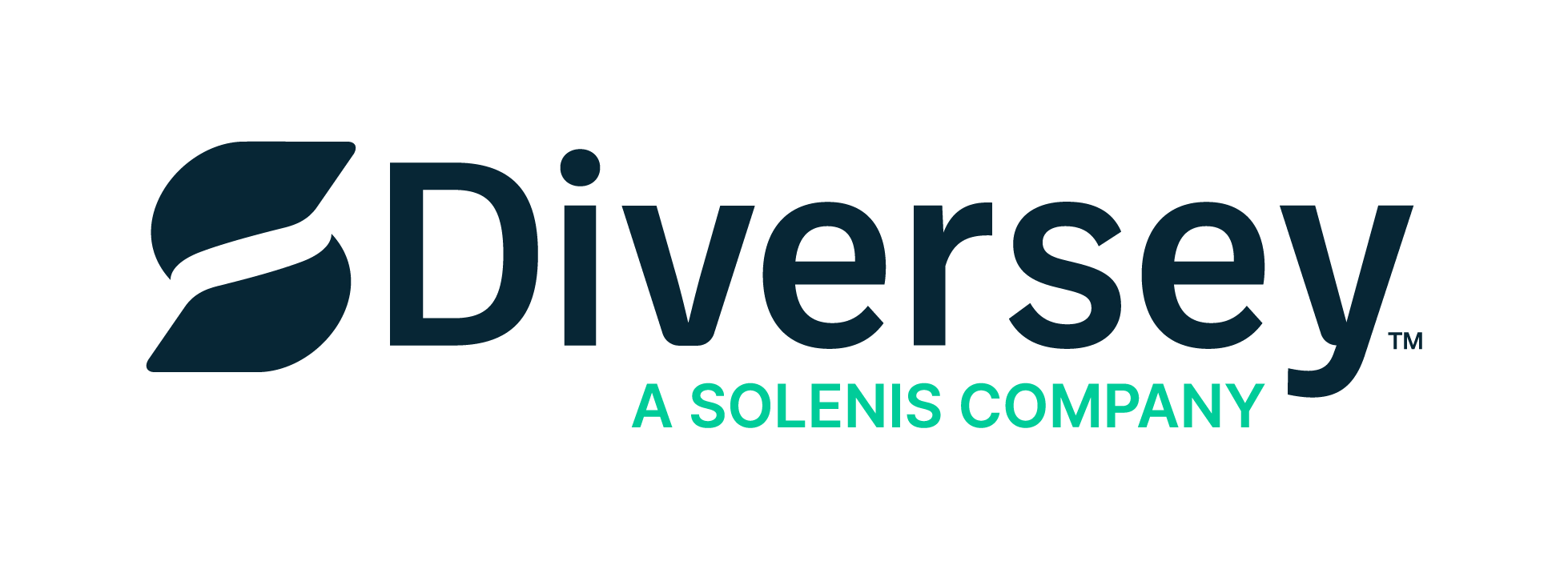Emergency Department (Exam Room)
Turnover and results are key in the ED and Exam areas. Diversey provides a wide range of emergency department cleaning solutions and disinfection products that can perform fast, effectively, responsibly and sustainably to achieve turnover with confidence.
Acute Care
Operating Room Patient Room Emergency Department (Exam Room) Floors Public Areas Public Restrooms The Path to Safer Patient Care Areas With increased economic pressure to improve patient outcomes, creating safe and more satisfying environments of care has never been more important. Diversey provides all the products necessary in virtually eradicating healthcare associated infections, including acute care cleaning solutions. Proper cleaning and disinfection can play a key role in reducing the transmission of pathogens. Integrating products, procedures, training and validation can deliver improved productivity and optimal results. The resources in the Acute Care Area include
Areas of Care
Solutions Designed for Healthcare™ covers specialized solutions in key areas of every care environment. Our experienced team of professionals provides the information to implement the proper training and tools to facilitate the best practices involved from Acute Care to Long Term Care. Diversey is committed to providing innovative solutions to cleaning healthcare areas. Acute Care With increased economic pressure to improve patient outcomes, creating safe and more satisfying environments of care has never been more important. Long Term Care Quality of care and quality of life are enhanced in an environment of care
Phenolics
Phenolic compounds were among the earliest germicides used in Healthcare after World War II. They were introduced as an alternative to chlorine. They are active against vegetative bacteria and lipid-containing viruses and, when properly formulated, also shows activity against mycobacteria. They are not sporicidal. Many phenolic products are used for the decontamination of environmental surfaces and some (e.g. triclosan and chloroxylenol) are among the more commonly used antiseptics. Some phenolic compounds are sensitive to and may be inactivated by water hardness and, therefore, must be diluted with distilled or deionized water. Phenolic compounds are not recommended for use on
Peracetic Acid – PAA
Peracetic acid (also known as peroxyacetic acid, or PAA), is an organic compound. It is a colorless liquid with a characteristic pungent odor reminiscent of household vinegar. Commercially available PAA products contain an equilibrium of PAA, hydrogen peroxide, acetic acid, and water. Peracetic acid is a powerful antimicrobial agent due to its high oxidizing potential. It is highly effective against a broad range of microorganisms and can be sporicidal. In addition, PAA breaks down in food to safe and environmentally friendly residues (acetic acid and hydrogen peroxide), and, therefore, can be used in non-rinse food contact surface applications. Some
Bleach
Sodium Hypochlorite 5.25% (bleach concentrate) –bleach is a commonly used product for task-oriented disinfection, specifically a sporicidal. Surfaces should be pre-cleaned prior to using bleach. It is the cheapest disinfectant, and effective against odors, mold, and a broad range of pathogens. Bleach is generally used as a disinfectant only when necessary, due to its strong odor, the damage to fabrics and surfaces that can result from its use, and the health and safety risks to the user associated with exposure. As an asthmagen, inhalation of chlorine vapors can cause or worsen asthma and other breathing conditions, so care must
Accelerated Hydrogen Peroxide®
AHP® is a patented synergistic blend of commonly used, safe ingredients that when combined with low levels of hydrogen peroxide dramatically increase its germicidal potency and cleaning performance. AHP® is composed of Hydrogen Peroxide, Surface Acting Agents (surfactants), wetting agents (a substance that reduces the surface tension of a liquid, causing the liquid to spread across or penetrate more easily the surface of a solid) & chelating agents (a substance that helps to reduce metal content and/or hardness of water). The ingredients are all listed on the EPA and Health Canada Inerts lists and the FDA Generally Regarded as
CleanPatch® Resources
CleanPatch® Quick Application Video View Resource CleanPatch® vs. Tape Video View Resource CleanPatch® Brochure View Resource CleanPatch® User Guide View Resource CleanPatch Damage Assessment Chart View Resource
How To Apply CleanPatch®
Getting Started Determine who will manage CleanPatch® applications in each clinical area. Inspect mattresses during, or after, every terminal cleaning. Ensure CleanPatch® is readily available at the point of use. Review the CleanPatch® application instructions and Implementation Guide. Keep track of repairs to monitor the durability and the savings. Track Your CleanPatch® Repair Follow these steps to track the performance of your CleanPatch®. Apply CleanPatch® sample to a damaged mattress. Identify the bedframe with the enclosed tag. Include your name and trial date on it to help track the bed location. Track your CleanPatch® at www.cleanpatch.ca/pages/tracking. Complete the online form to receive

